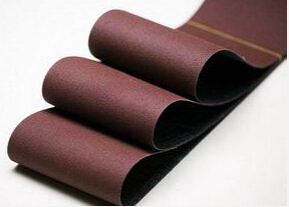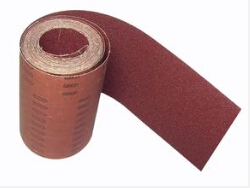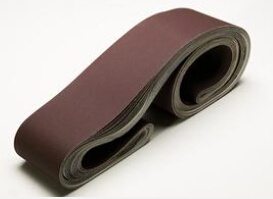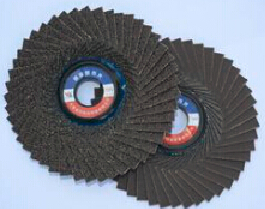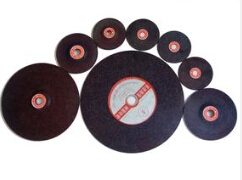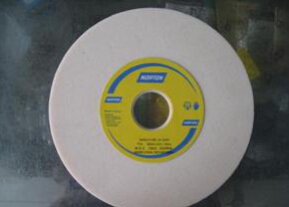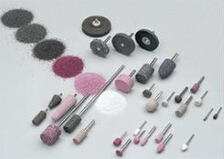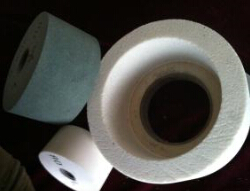Tools and Standard of Sand Blasting and Polishing
Zhongsen Editor 2019-08-21 What is Sand Blasting
Sand Blasting is the process of cleaning and coarsening the substrate surface by using the impact effect of high speed sand flow. The use of compressed air as the driving force, in order to form a high-speed jet beam will spray (copper sand, quartz sand, emery, iron sand, Hainan sand) high-speed injection to the surface of the workpiece to be treated, so that the appearance or shape of the surface of the workpiece changes, due to abrasive impact on the surface of the workpiece and cutting effect, So that the surface of the workpiece to obtain a certain degree of cleanliness and different roughness, so that the mechanical properties of the workpiece surface is improved, so improve the fatigue resistance of the workpiece, increase the adhesion between it and the coating, extend the durability of the coating film, but also conducive to the peaceful decoration of the paint.
Related Machines
sandblasting machine is the most widely used abrasive jet products, sandblasting machine is generally divided into dry sandblasting machine and liquid sandblasting machine two categories, dry sandblasting machine can be divided into suction type and pressure type two categories.
Inhalation dry sandblasting machine
1. Generally composed of a complete suction type dry sandblasting machine is generally composed of six systems, namely, structural systems, dielectric power systems, piping systems, dust removal systems, control systems and auxiliary systems. 2. Working principle inhalation dry sandblasting machine is to compress the air as the driving force, through the high-speed movement of the airflow in the spray gun formed by the negative pressure, the abrasive through the sand pipe suction gun and through the nozzle injection, sprayed to the machined surface, to achieve the desired processing purposes.
In the suction dry sandblasting machine, compressed air is not only the feed power, but also the acceleration power.
Pressurized dry sandblasting machine 1. Generally composed of a complete pressurized type dry sandblasting machine working unit is generally composed of four systems, namely pressure tank, dielectric power system, piping system, control system.
2. The working principle of the pressurized dry sandblasting machine. Pressurized dry sandblasting machine is to compress the air as the driving force, through the compressed air in the pressure tank to establish the working pressure, the abrasive through the sand valve into the sand pipe and ejected through the nozzle, sprayed to the machined surface to achieve the desired processing.
In the pressurized dry sandblasting machine, compressed air is not only the feed power, but also the acceleration power.
Liquid sandblasting Machine Liquid sandblasting machine relative to the dry sandblasting machine, the biggest feature is a good control of the sand blasting process dust pollution, improve the sand blasting operation of the working environment.
1. Generally composed of a complete liquid sandblasting machine is generally composed of five systems, namely, structural systems, dielectric power systems, piping systems, control systems and auxiliary systems.
2. Working principle. Liquid Sandblasting machine is a grinding pump as the feed power of the grinding fluid, through the grinding pump will stir the grinding fluid (abrasive and water mixture) to the spray gun. Compressed air as the acceleration of the grinding force, through the gas pipeline into the spray gun, in the spray gun, compressed air to enter the spray gun grinding acceleration, and through the nozzle injection, sprayed to the machined surface to achieve the desired processing purposes. In liquid sandblasting machine, the grinding pump is the feed power, and the compressed air is accelerated.
Sand blasting Process International main use of what standards
Sand blasting process International mainly use what standards, as abrasive materials, sandblasting technology and so on have their own common standards, then, for the sand blasting process standards is what? The cleaning level of the sand blasting process provides for the cleanliness of the process parts.
Sand blasting process There are two common standards: the United States developed the "sspc-" in 85, and the second is the "sa-", developed by Sweden in 76, which is divided into four levels: SA1, SA2, Sa2.5 and SA3, which are common international standards.
What is Polishing process
Polishing process is: the use of flexible polishing tools and abrasive particles or other polishing media to the workpiece surface modification processing. Polishing does not improve the dimensional accuracy or geometry accuracy of the workpiece, but is intended to obtain a smooth surface or mirror gloss, and is sometimes used to eliminate gloss (extinction).
Polishing tool
The polishing wheel is usually used as a polishing tool. Polishing wheel is generally made of multi-layer canvas, felt or leather stacked, both sides with metal round plate clamping, its flange coating by the micro-powder abrasive and grease, such as a uniform mixing of polishing agent.
Tools and Specification categories commonly used for mold polishing
Mold polishing commonly used tools and specifications category mold polishing commonly used tools are: sandpaper, oil stone, velvet felt wheel, grinding paste, alloy file, diamond grinding needle, bamboo slices, fiber oil stone, round rotation grinder.
Sandpaper: 150#, 180#, 320#, 400#, 600#, 800#, 1000#, 1200#, 1500#;
Yau Shi: 120#, 220#, 400#, 600#;
Velvet felt wheel: cylindrical, circular vertebral shape, square nozzle;
Grinding Cream: 1# (white) 3# (yellow) 6# (orange) 9# (green) 15# (blue) 25# (brown) 35# (red) 60# (purple);
File: Square, Circle, flat, triangle and other shapes;
Diamond grinding needle: generally 3/32 handle or 1/8 handle, with circular waveform, cylindrical shape, long straight column shape, oblong vertebral shape;
Bamboo slices: All kinds of shapes suitable for the operator and mold shape, the role is to press the sandpaper, grinding on the workpiece, to achieve the required surface roughness; Fiber Oil Stone: 200# (Black) 400# (blue) 600# (white) 800# (red).

